5. It Follows (2014)
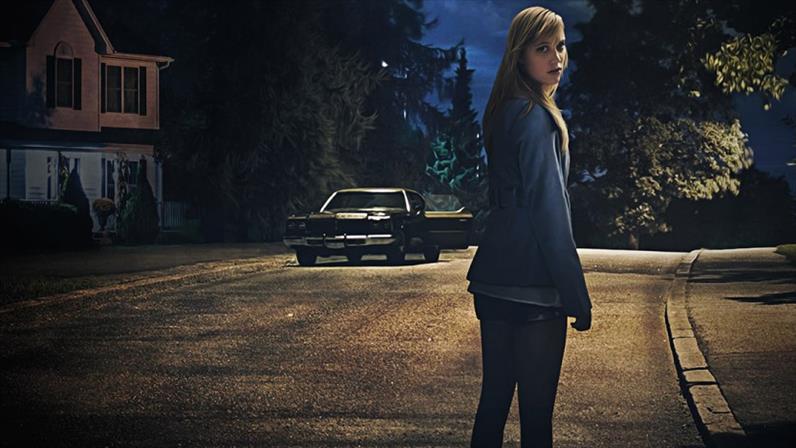
It’s a universal fear we all experience. You’re walking home alone at night and you hear footsteps behind you. The first thing you think is “someone’s following me” and, suddenly, you’re running making sure you don’t look back at whatever dark force might be pursuing you.
This film takes that universal fear and mixes it with supernatural themes and the fear of unprotected sex and its repercussions. Let me try and explain things. Maika Monroe plays Jay, a high school girl who has sex with her boyfriend one night.
Afterwards he drugs her and tells her she will be pursued by a figure that can take the form of anyone and if it catches her it will kill her… and it never moves faster than a walk. Jay discovers that every time you have sex the creature moves down the chain. She decides to try and kill the creature to break the chain permanently.
Exactly the opposite of a jump scare movie this film uses a slow, unstoppable, omnipresent force of an antagonist that never gives up in its pursuit of its goal. It will not stop at anything and (like energy) seemingly cannot be destroyed only passed on through the act of intercourse.
Possibly a comment on STDs such as AIDS, this film taps into universal fears that inhabits the subconscious resulting in an almost personal level of fright that goes beyond mere moviemaking. Inevitably a future classic, this movie is without a doubt one of cinemas greatest modern horror contributions.
4. The Witch (2015)
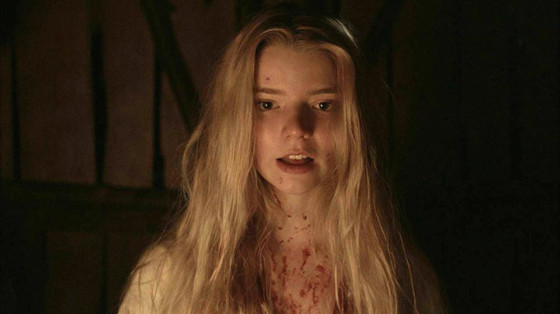
With a similar style to It Follows, The Witch understands the importance that atmosphere and a slow burn pace can have in creating terror that leaves a scaring impression on the viewer.
It’s set during the 1600s in New England, where a puritan family sets up a new homestead in the wilderness after being banished from their previous habitation. One day, as he is playing with his big sister, the baby of the family vanishes; taken into the woods by a witch where unspeakable things occur. The family grieves, which seems to act as the impetus for supernatural forces to torment the family even further.
Featuring an unrevealing and mysterious marketing campaign that showcased the subtle nature of the supernatural horror that the movie would showcase and that taunted such claims as “A nightmarish picture that will make your blood run cold” claims that the film substantiates amply. Featuring fantastic shots of the forest that almost acts as a tertiary antagonist creating such an unnerving feeling in the viewer that permeates the entire movie.
The director decided to make the film in order to address his own fears of witches that haunted him as a child growing up in the same area where the film is set. The presence of the witch is continuously felt by the characters, sometimes in the most discreet of ways that contribute to the films oppressive, hope draining atmosphere that inspires fear throughout.
Another great modern horror film that gives the genre hope that more intelligent, less effects laden films can still thrive even with today’s audiences’ tendencies for a short attention span.
3. Night of The Living Dead (1968)
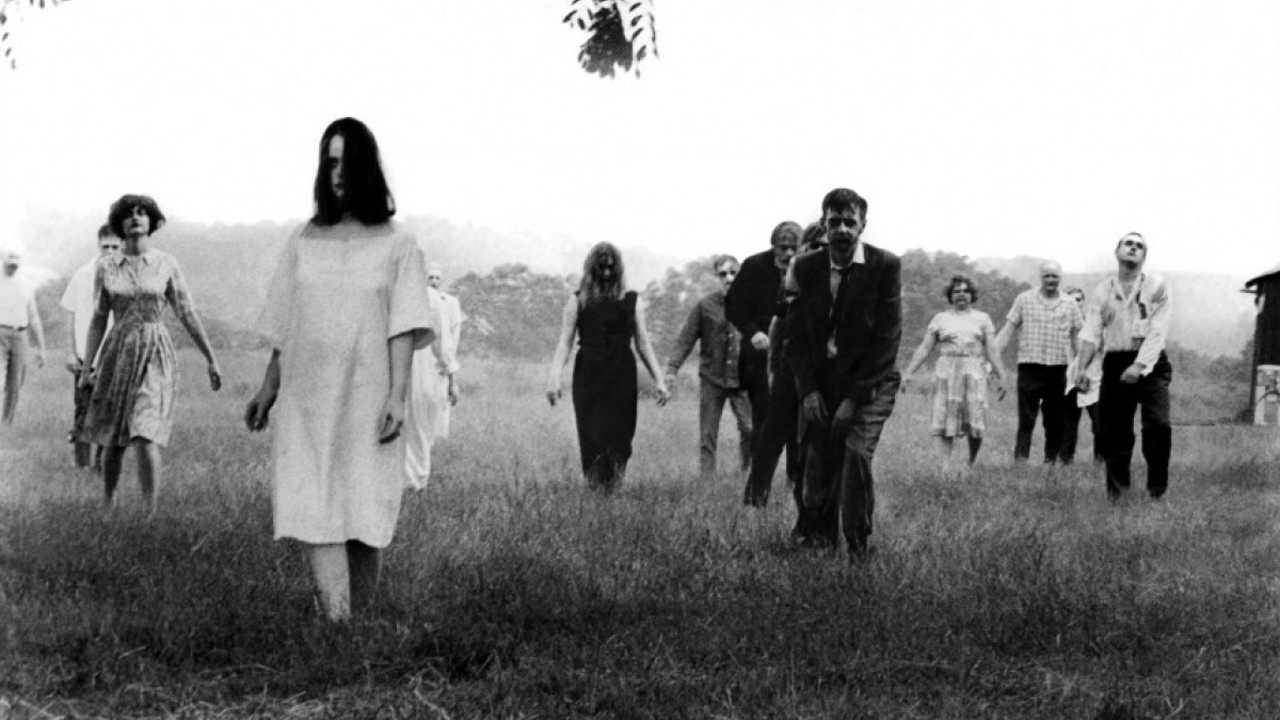
The movie that set a new precedent in the level of violence that could be shown on the screen as well as renewing the zombie genre into something altogether more terrifying than ever. Produced on a budget of $114,000 the film went on to gross $30 million making it the most profitable film ever made at the time of its release, much to the annoyance of the major Hollywood studios.
Barbra and her brother Johnny are visiting their father’s grave in the countryside when they notice a strange man walking around the grounds. The man attacks them killing Johnny causing Barbra to escape in a nearby car. She ends up taking refuge in a nearby house with the help of a man named Ben. There they meet other survivors and work together (or more often against each other) in an attempt to survive the night.
A very socially aware film (featuring a black man as the hero during the height of the civil rights movement) Night of the Living Dead started one of the greatest horror franchises to grace the silver screen. An intense feeling of claustrophobia exudes from this movie that weaves a truly hostile atmosphere.
Part of the brilliance of this film is its willingness to show the humans as dangerous as the zombies (or ghouls as director George A. Romero labelled them) and often far more morally ambiguous. This trope of course later became a staple of zombie fiction.
Also striking is Romero’s willingness not to pull any punches while making the movie. Featuring truly pioneering gore effects that were unfathomably shocking upon its original release that still prove effective even to this day, despite the films minuscule budget. The pyrrhic victory of an ending is outstanding also, sapping any pleasure that could be taken from the hero’s journey.
Night of the Living Dead truly unique and permanently entertaining film that remains fear inducing through its graphic imagery and bleak tone setting the paradigm for a revived sub-genre. Without it, we would never have had the zombie movie boom of which we are still seeing the results.
2. Rosemary’s Baby (1968)
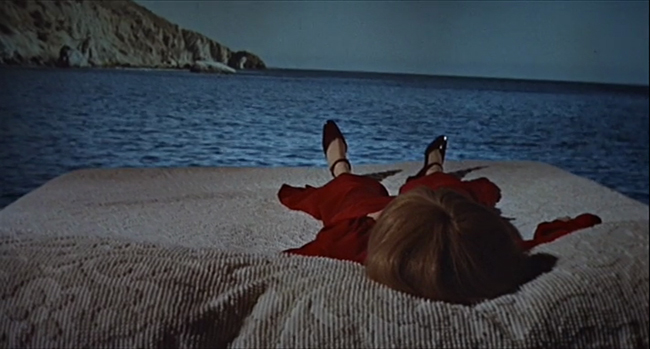
It seems that 1968 proved to be a landmark year for horror offering several masterpieces including this one, which remains one of the most bitterly twisted films in the history of the moving image.
Based on a novel by Ira Levin that was released the previous year, Rosemary’s Baby observes Rosemary (Mia Farrow) and her husband Guy (John Cassavetes) Woodhouse move into a new apartment where they instantly grow an infinity with their odd neighbours.
Rosemary and Guy want to start a family and tell their neighbours of their intentions. One night, Rosemary falls asleep after drinking a cup of tea her neighbours have prepared for her and has a dream in which she is raped by a cloven creature with twisted horns who might just be the devil himself. She awakens to find that she is pregnant and sinister events starts to occur.
Surprising how shocking it remains even into the 21st century, Rosemary’s Baby was critically acclaimed upon its release with many claiming it one of the most frightening films ever created. Its contrast between the overly nice neighbours that surround Rosemary and their secret ambition to birth the antichrist make an amazingly creepy dichotomy that adds levels of unsettling power to this great movie.
Perhaps the most memorable scene in this film however is the dreamlike sequence where we witness Rosemary’s impregnation. Owing some recognition to the German expression films of the 1920’s the scene is presented with such a surreal and aethereal aesthetic that somehow makes the imagery far more provoking than the sum of its parts, and altogether far more disturbing. Like Night of the Living Dead it also features an amazingly ambiguous (if not downright defeatist) ending with such dire implications that chills are sure to be sent down the spine of anyone leaving the cinema afterwards.
1. The Exorcist (1973)
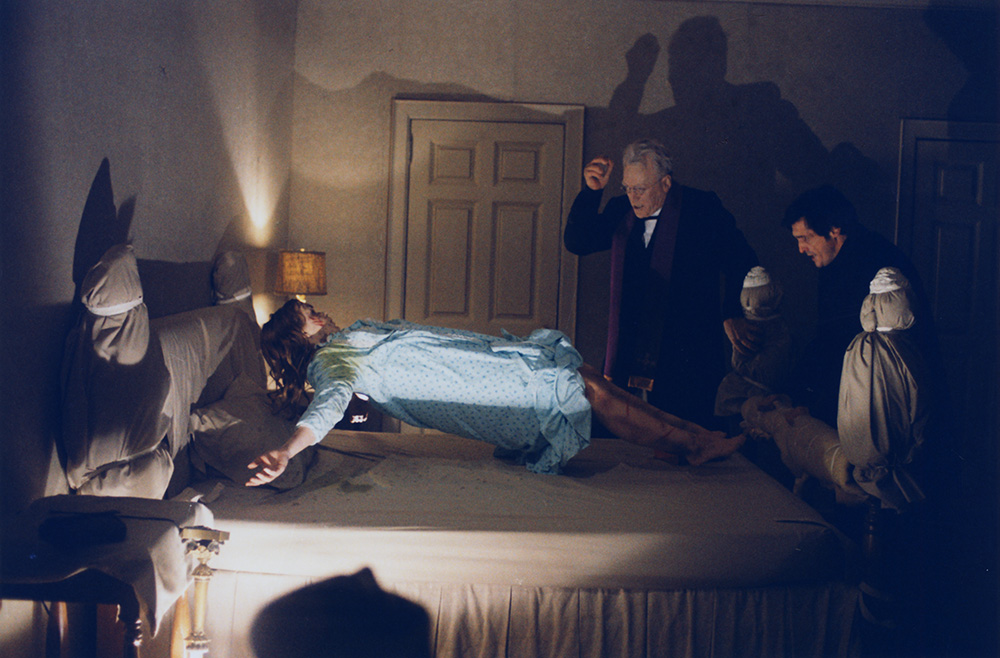
Could it be any other movie? Is there any other film out there so synonymous with horror as this truly scary masterpiece from William Friedkin that continues to scare the hell out of anyone brave enough to witness its satanic madness?
Following a mother and her young daughter in Washington D.C who after playing with a Ouija board becomes possessed by a demon called Pazuzu, which causes Reagan to behave abhorrently with behaviour such as urinating on the carpet in front of guests at a party, vomiting everywhere and in a particularly disturbing moment, ascending the stairs hunched over backwards in a spider-like fashion. After medical professionals come up blank, the only option is for Reagan to be exorcised by troubled priests fathers Merrin and Karras.
Basically, a textbook in how to create an effective and unsettling horror movie, The Exorcist uses a myriad of film constructions in order to create its ultimately unholy atmosphere. Some of the sublime techniques were astonishingly ground-breaking.
One such technique is the use of hidden suggestion in the form of near invisible frames emerging on the screen during scenes that could otherwise be wholly innocent but do in fact take on the most sinister of tones. They seem to imply that even your subconscious mind is not safe from the forces of evil that permeate the film.
Other factors that make this film disturbing is the use of sound and music with Mike Oldfield’s Tubular Bells being a particularly memorable track that unnerves purposefully. Lighting is also extremely important, with the low-key aesthetic creating a grimy and hopeless feeling that suits the visual imagery perfectly, particularly during Merrin’s arrival scene which, of course, became the famous poster image.
All these elements combine to create the seminal movie of one of the most beloved genres but more importantly it does so without relying on the most basic and easiest way to scare the audience… the jump scare.